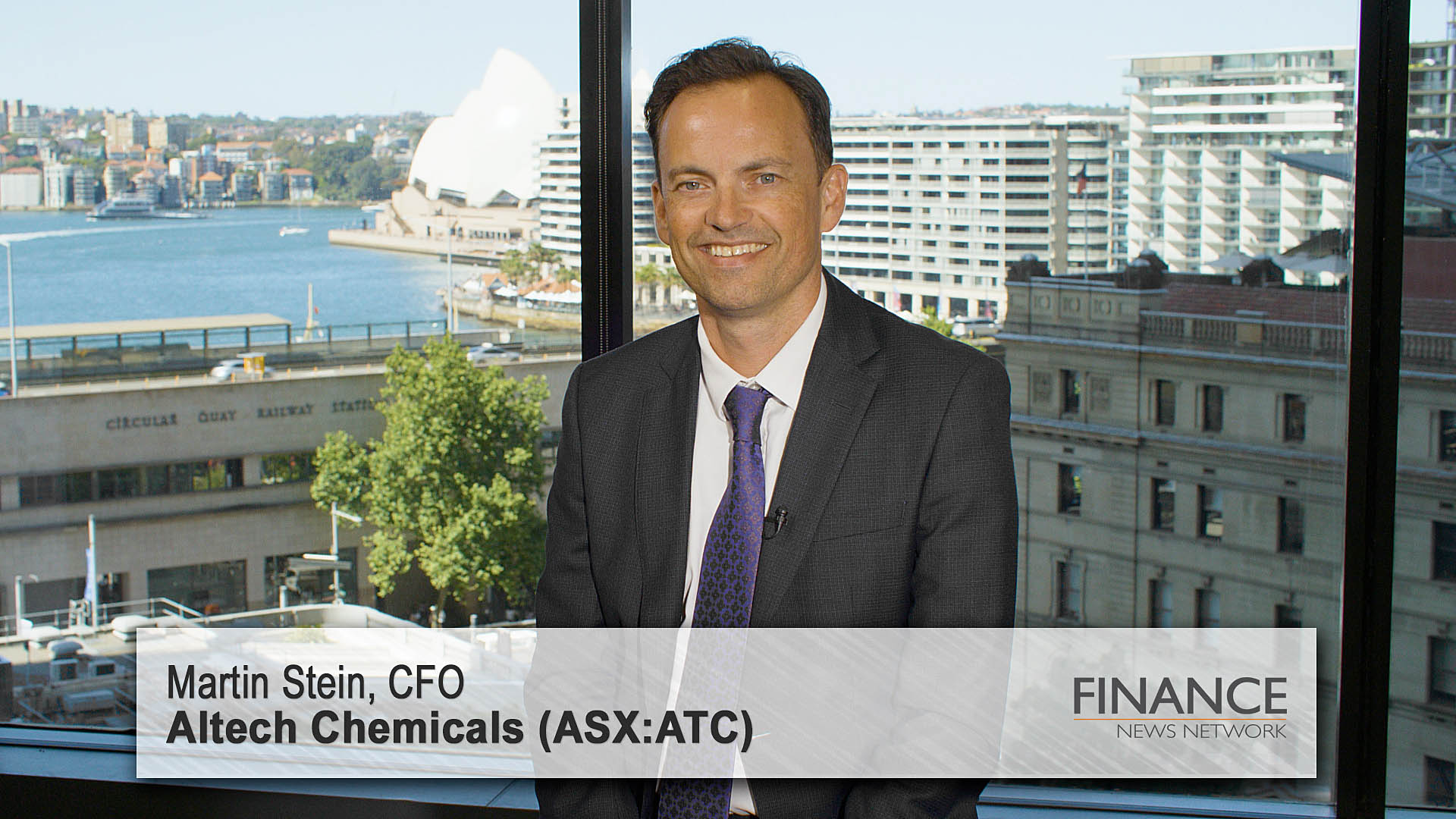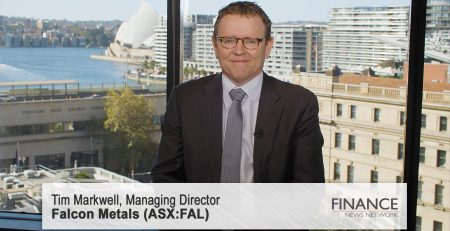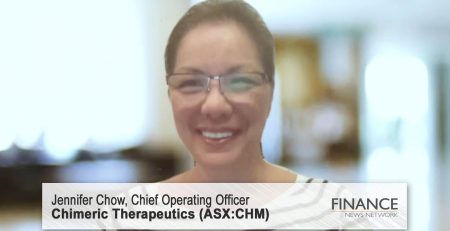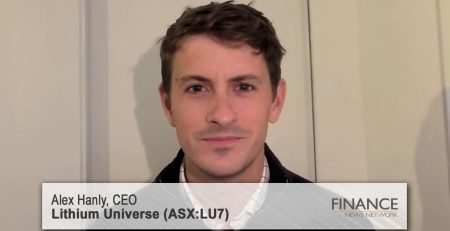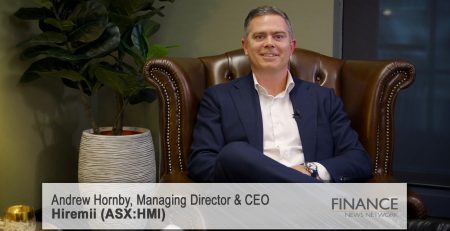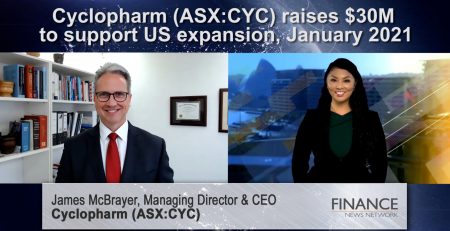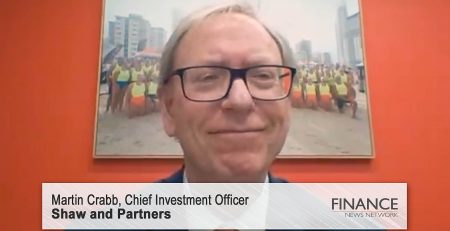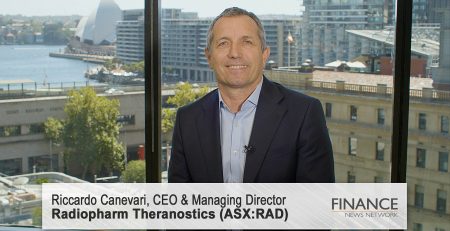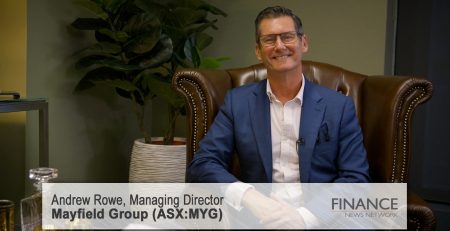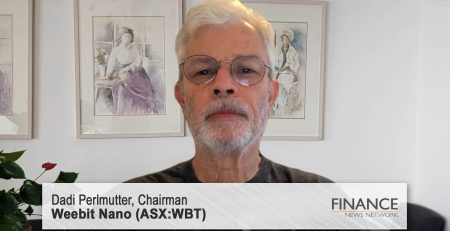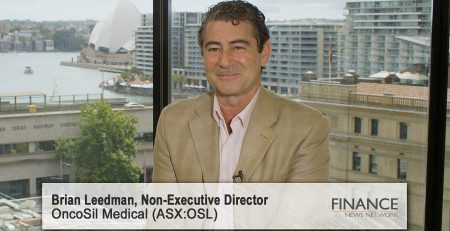The alternative to lithium
Altech Chemicals Limited (ASX:ATC) CFO Martin Stein discusses the recent joint venture with Fraunhofer IKTS and the CERENERGY solid state sodium alumina battery.
Lauren Hayes: Today we are talking with Altech Chemicals (ASX:ATC), market cap of $157m. ATC is commercialising solid state sodium alumina batteries. We're joined by CFO Martin Stein. Martin, it's great to have Altech back in the studio.
Martin Stein: Thanks very much for having me, Lauren. It's great to be here.
Lauren Hayes: Martin, for our viewers not familiar with Altech, could you please provide a background on the company?
Martin Stein: Sure. So, Altech is a battery materials technology and development company. We've got two main projects. The first project is the Silumina Anodes project, which is involving graphite and silicon-coating it with high-purity alumina. And we're putting that into the anode section of a battery and we're getting a 30 per cent increase in capacity compared to graphite only. And the second project that we've got is the solid state sodium alumina battery trademarked as CERENERGY.
Lauren Hayes: ATC made a significant announcement to the market recently. Can you shed some colour on this?
Martin Stein: The announcement was a very exciting joint venture with Fraunhofer IKTS, who's based in Germany. Now, Fraunhofer have developed a sodium alumina solid state battery that doesn't use any lithium, doesn't use any graphite, it doesn't use any cobalt and it doesn't use any copper. It's amazing. It relies on sodium alumina technology. So, we're using salt in this product. Fraunhofer has developed this battery over the last eight years. They've spent 35 million euros on the process of developing it, and they've got it ready and they've tested it, and it's ready for a commercialisation.
So, they approached Altech. We have land available in Germany on which to build a plant to commercialise this. They were looking for a company that had battery experience and also high-purity alumina experience, which is what the solid state ceramic electrolyte in the battery uses. So, the joint venture was formed. We announced that on 14 September 2022. And now we're moving forward with a bankable feasibility study to commercialise the battery and build a 100 megawatt hour factory.
Lauren Hayes: And, Martin, can you tell us a little bit about your JV partner, Fraunhofer?
Martin Stein: Now, they're a government-owned research and development institute, and they're the leading institute for research into battery development and battery technology in the world. Fraunhofer is… they operate throughout Germany. They've got 76 research and development centres and institutes throughout Germany. They have a 25 million euro pilot plant facility that has produced these sodium and alumina solid state CERENERGY batteries. And that facility is available for testing and further work for the joint venture.
Fraunhofer has an annual research budget of 2.9 billion euros, and they've got about 30,000 employees that work for them throughout Germany, predominantly scientists and engineers. So, we're talking about a government-owned institute. They're very big hitters, very credible, and we're just so excited that we've been able to team up with them in this joint venture to commercialise the CERENERGY battery that they've developed.
Lauren Hayes: And Martin, can you remind our viewers of what the advantages are of a sodium alumina battery as opposed to a lithium-ion battery?
Martin Stein: That's a very good question. Look, these CERENERGY batteries have got a few advantages. The big one is cost. They're going to be a lot cheaper to produce because we don't use any of those expensive metals that the lithium-ion batteries use. We don't use copper, we don't use graphite, we don't use lithium, and we don't use cobalt, which is all used in lithium-ion batteries. Our technology uses solid state ceramic electrolyte and also sodium, common table salt. Which is in abundance, it's readily available, there's no supply chain issues and it's cheap. They're also going to be fireproof. They don't have a liquid electrolyte like the lithium-ion batteries do, so they're fireproof. Our batteries also operate in a much larger temperature range than the lithium-ion batteries. So, because of the viscosity issues with lithium, they're actually only operating between 15 degrees Celsius and 35 degrees Celsius. If they fall outside of that range, the lithium doesn't work properly and the batteries are reduced in their capacity. So, our CERENERGY solid state batteries can be used in temperature ranges from minus 40 degrees to up to 60 degrees. So, our batteries can be used in very, very hot climates in the desert as well as very, very cold climates. And also, lithium-ion batteries use a lot of cobalt and they use a lot of graphite. Now, cobalt has ethical issues in most of it being sourced… in fact, 70 per cent of the cobalt is sourced from the Democratic Republic of Congo. Unfortunately, there's child labour issues and other ethical issues, which is putting pressure on the supply of cobalt. And graphite. Graphite, 90 per cent of the world's graphite comes from China, which poses a geopolitical risk and a social and environmental risk as well. So, lithium-ion batteries use those metals. We don't rely on those metals. We don't use them and we don't have those supply chain or ethical issues in sourcing our materials. As I mentioned before, it's sodium, it's readily available, it's cheap, and it's in abundance.
Lauren Hayes: Martin, thanks so much for your time.
Martin Stein: Thanks very much.
Ends
Copyright 2022 – Finance News Network
Source: Finance News Network

